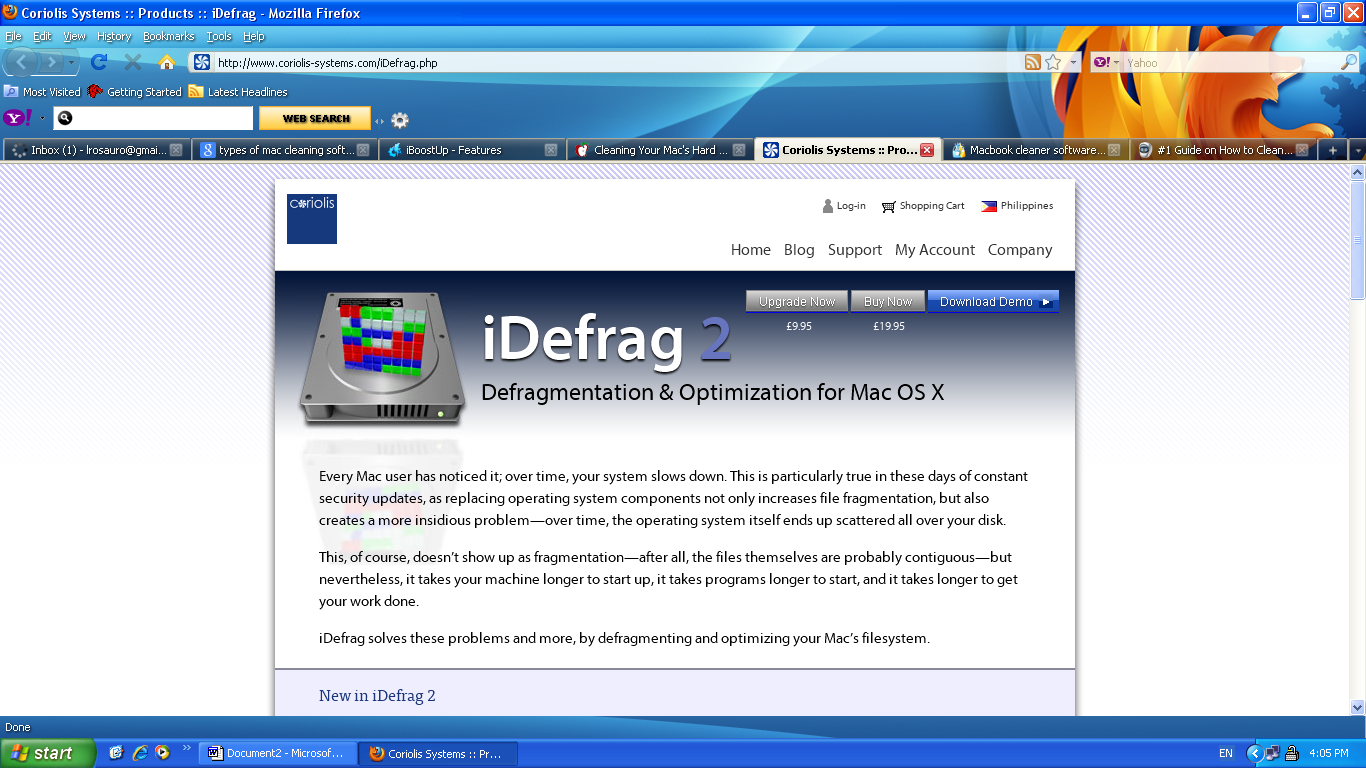

- Idefrag wiki for mac#
- Idefrag wiki mac os x#
- Idefrag wiki update#
- Idefrag wiki software#
- Idefrag wiki free#

Idefrag wiki for mac#
Actually it’s only for Mac (runs also on Windows through Mac emulator), but there is no other application on any platform as good as this one.
Idefrag wiki software#

Quick Links to the Main Sections:ĭisaster Recovery / Hard Drive Maintenance Utilities (Please notify me, if I’m wrong!)Īnd so… let’s begin our short review of Macintosh OS X software! I’ve divided this software review into groups according to their application, in alphabetical order. I’ll just add that probably all software mentioned here are OS X “Tiger” compatible. Just read the following program descriptions and when you have found something interesting on this page, use these search engines mentioned above. Mostly I don’t provide any specific links to the individual software titles, as that would require me to maintain those 100+ links on the regular basis. One reason why a hard drive might slow down if files are particularly fragmented is because it has moving parts (unlike an SSD) and it has to move the head around to read the different bits of the file you want to open.Here are just a few links to where you can search for the new software titles for your Mac: Apple | VersionTracker | MacUpdate | MacReporter | Google | MacForge

No doubt Apple’s response to that would be that APFS will not benefit from defragging.Ĭhances are that if you are having a problem with your Mac it is unrelated to fragmented files. The companies that make tools for defragging Macs complain that Apple hasn’t issued sufficient information about how APFS works for them to be able to be able to offer tools to defrag the new filing system. Like its predecessor, APFS automatically defragments your drive on the fly, although it works a little differently as it creates snapshots of files so you can access different versions of the same files. APFS was initially only available on SSDs (which as we’ve already said, shouldn’t be defragged anyway), but it arrived on hard drives and Fusion drives in 2018 with Mojave. A year later, in 2003, Hot File Adaptive Clustering arrived, which identifies files that are frequently accessed but rarely updated and moves them to a special area of the drive, defragging them during the process.Īpple then introduced APFS (Apple File System) in High Sierra in 2017.
Idefrag wiki mac os x#
Then in Mac OS X 10.2, which arrived in 2002, the system got even cleverer at avoiding fragmentation. HFS+, which was introduced in 1998, could defrag files on the fly thanks to Hot File Clustering. Mac do not need to be defragmented because the file system (initially HFS+ and more recently APFS) prevents fragmentation and automatically defrags files if necessary – if the file has more than eight fragments, or is smaller than 20MB, it will be automatically defragged. If you are running High Sierra or Mojave, and your file system has been changed to Apple’s newer APFS, you will not be able to use any third party tools to defrag your Mac as there are none that work.
Idefrag wiki update#


 0 kommentar(er)
0 kommentar(er)
